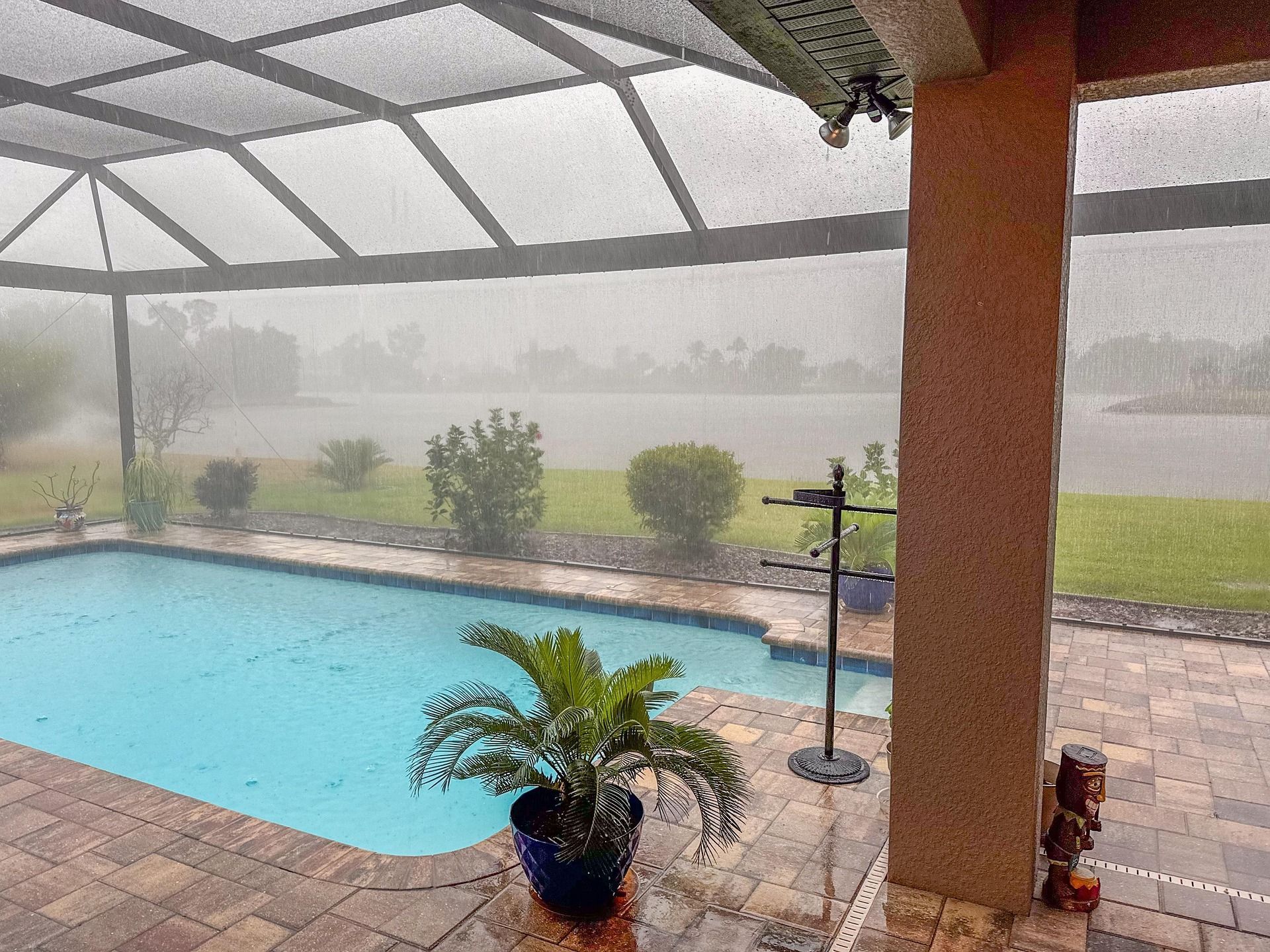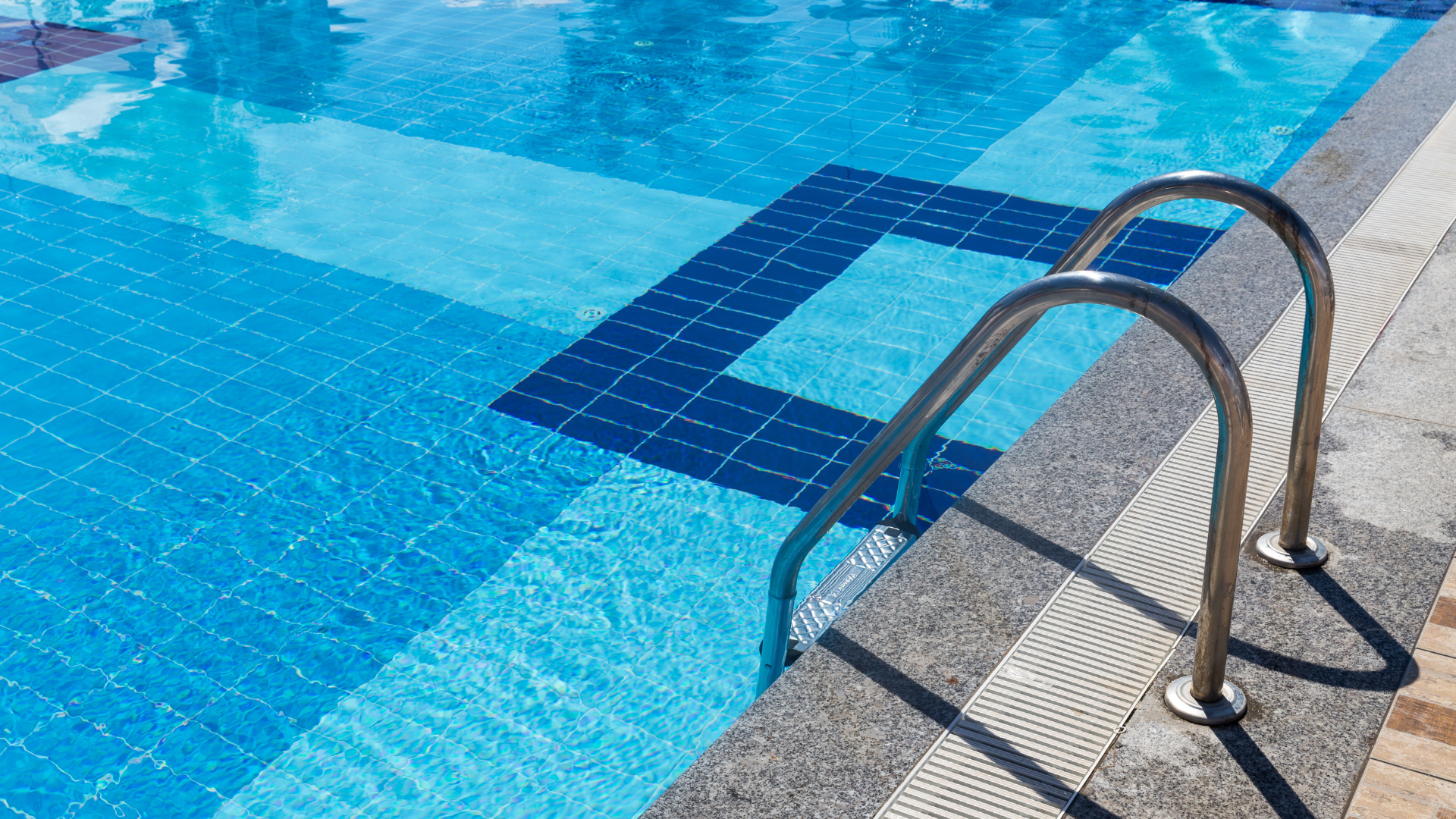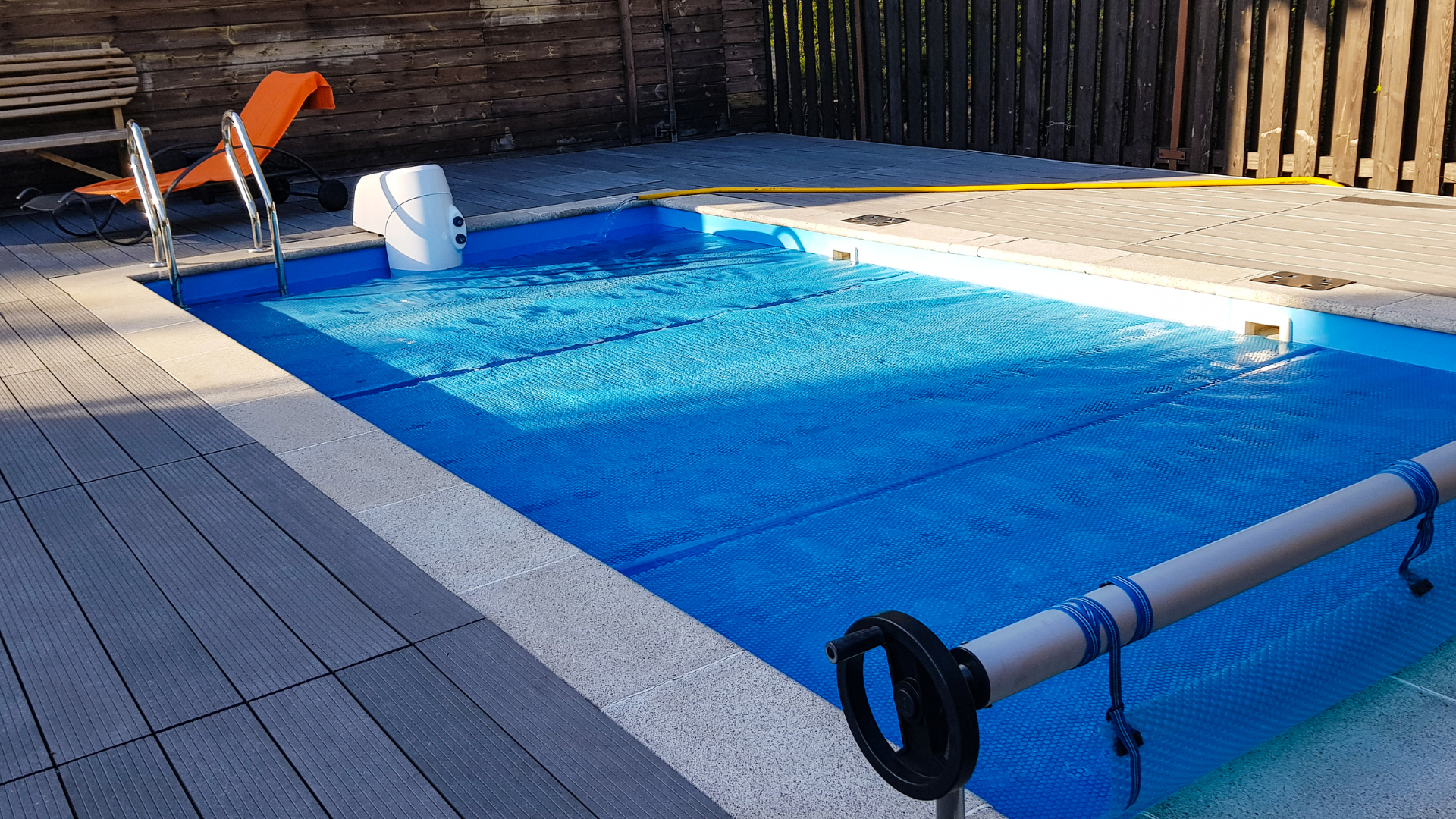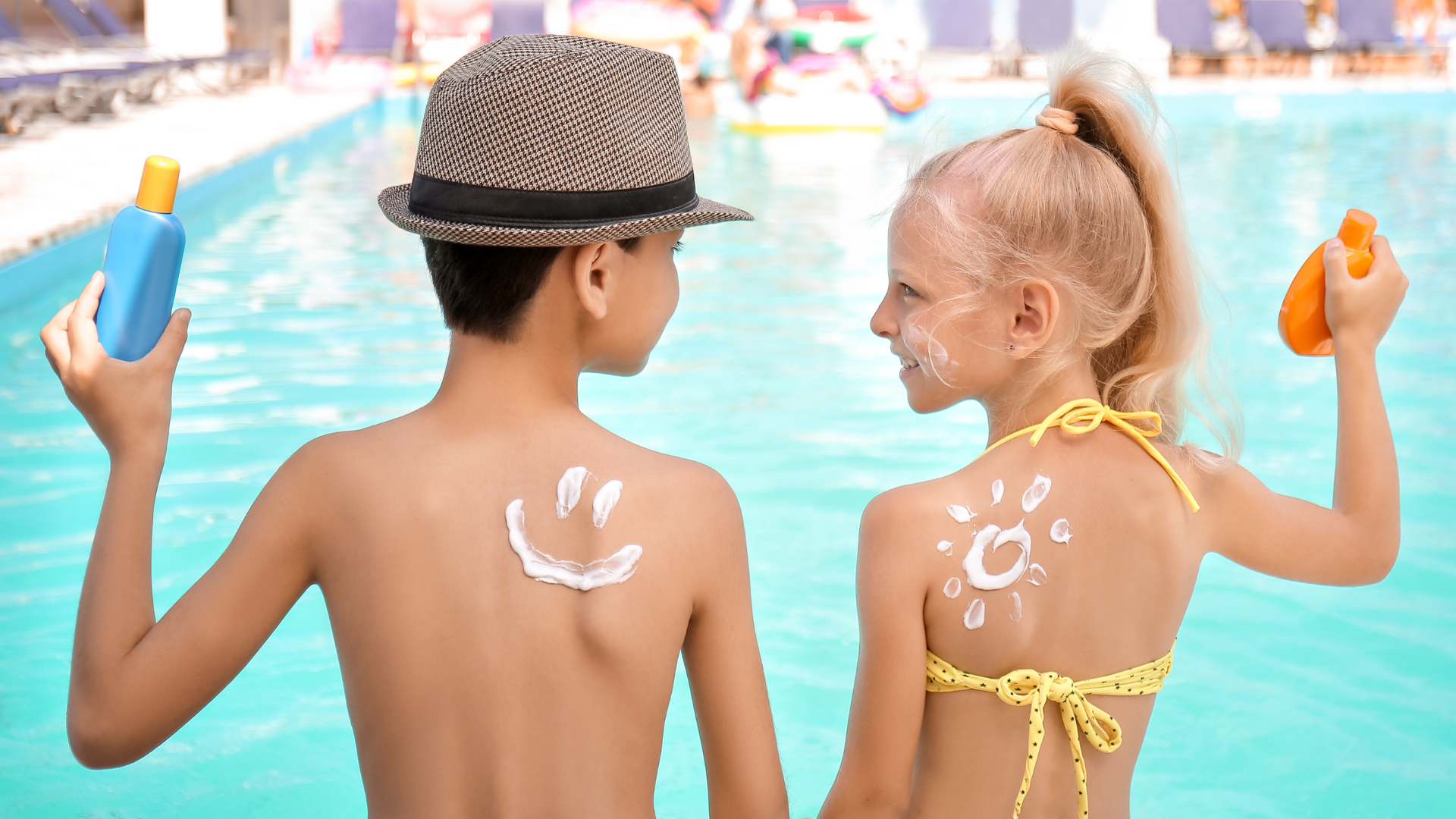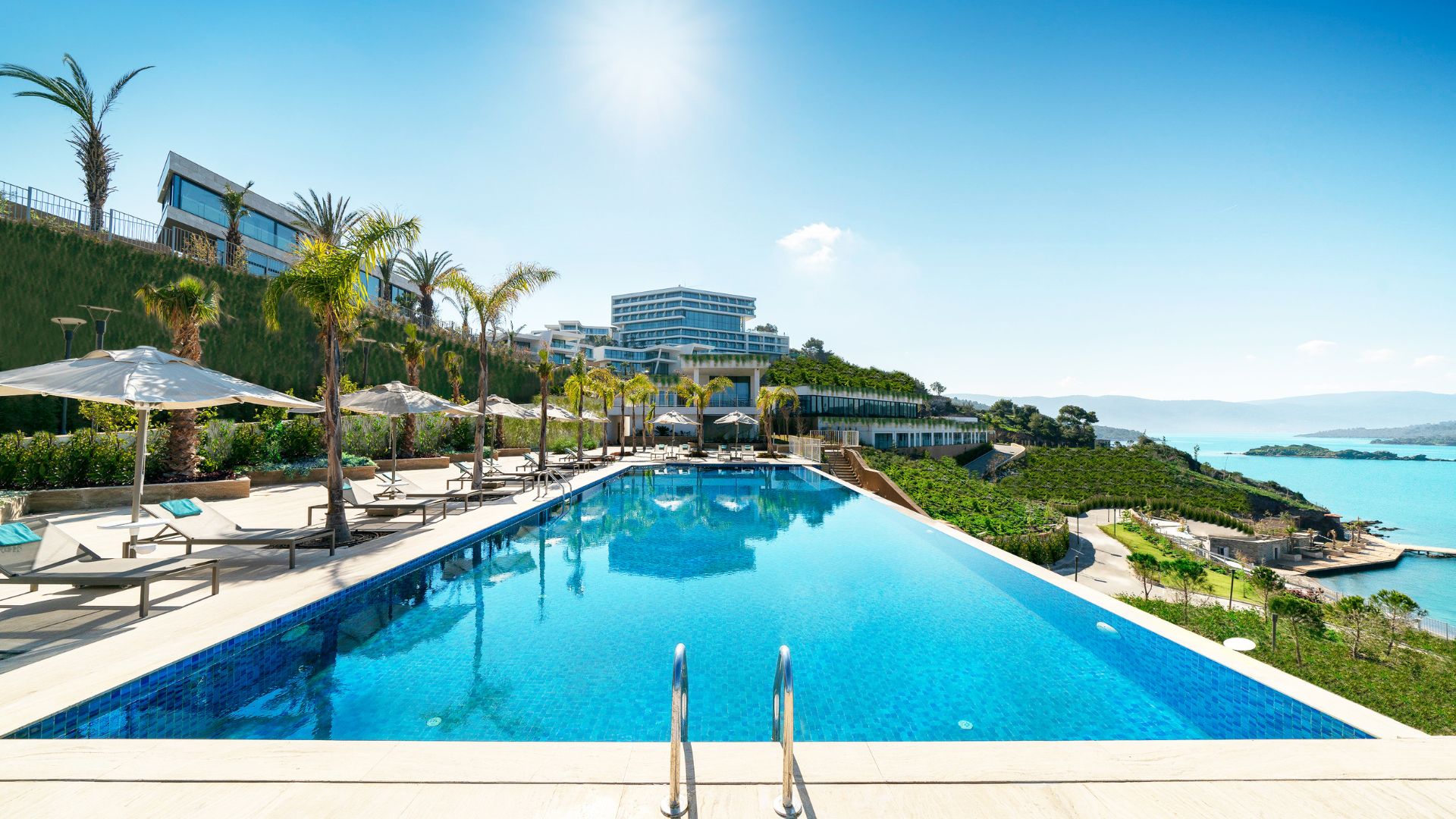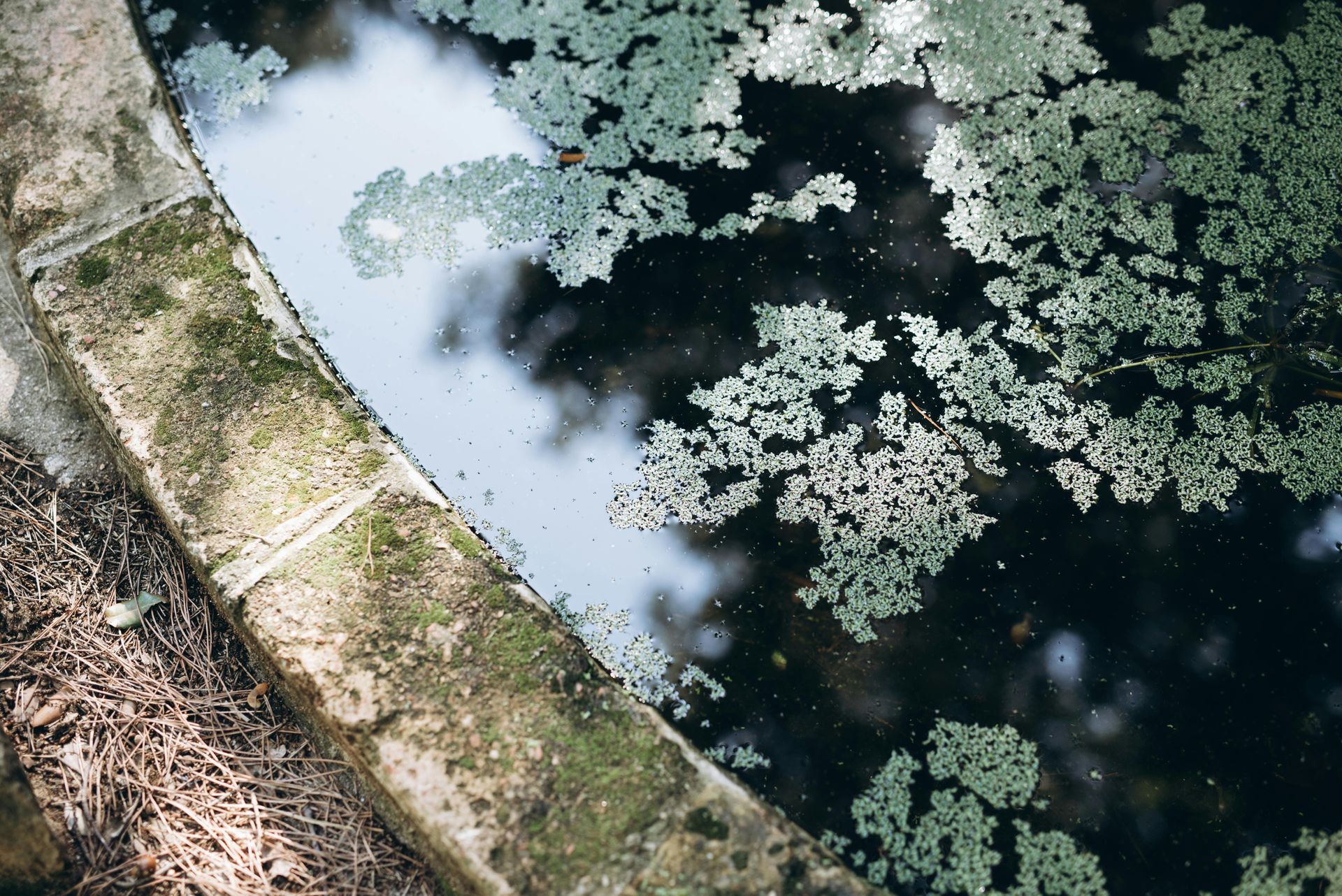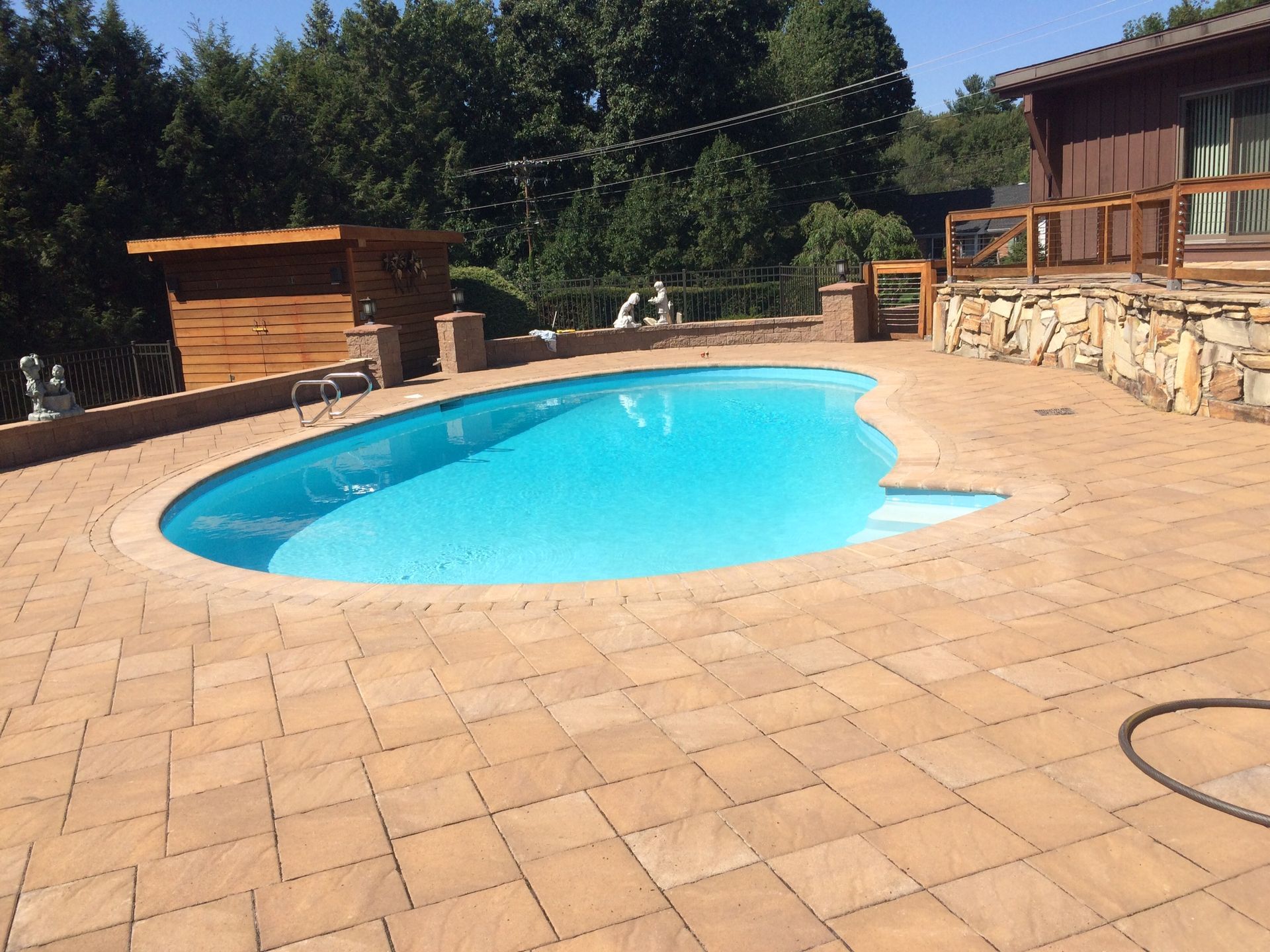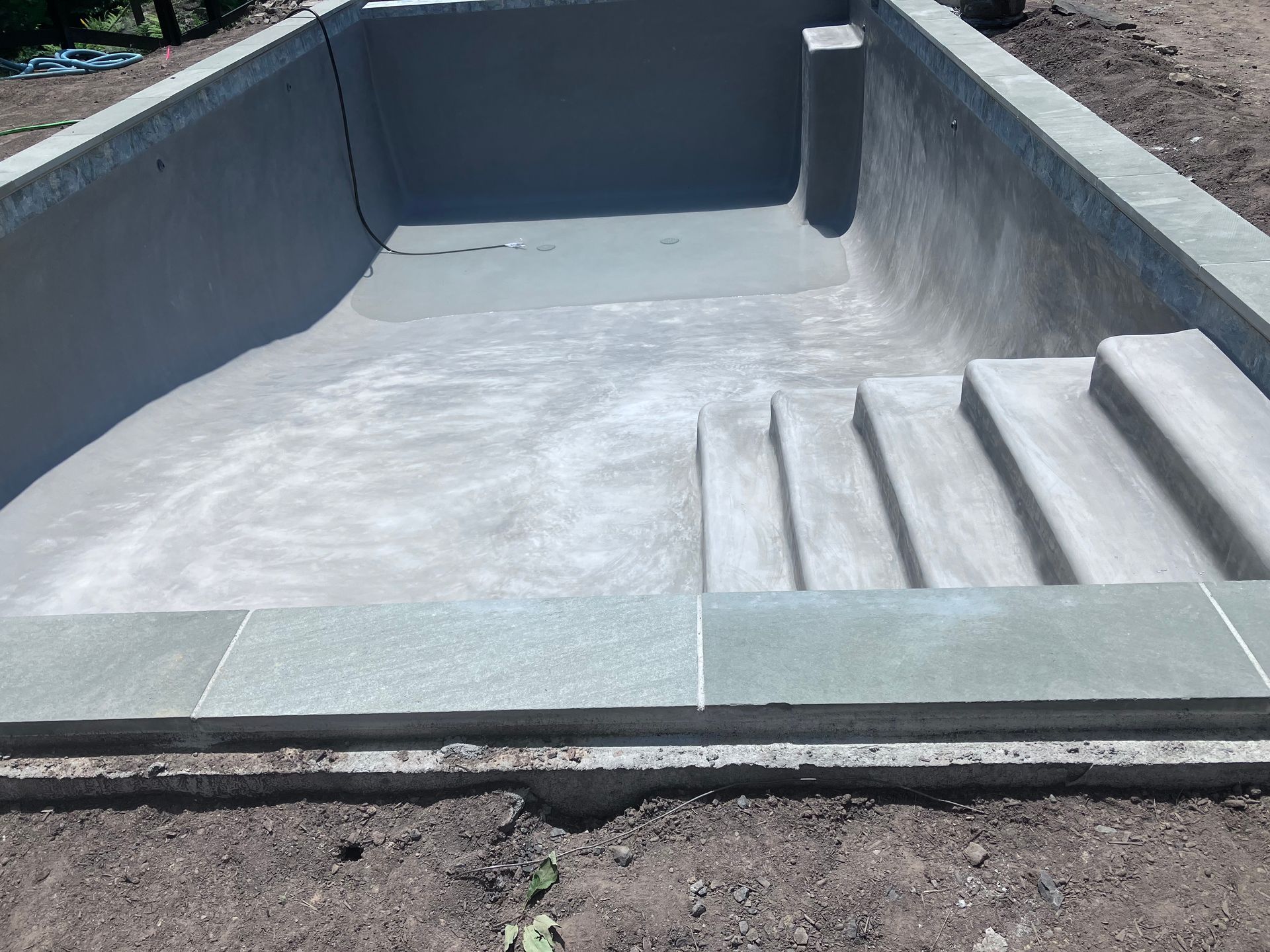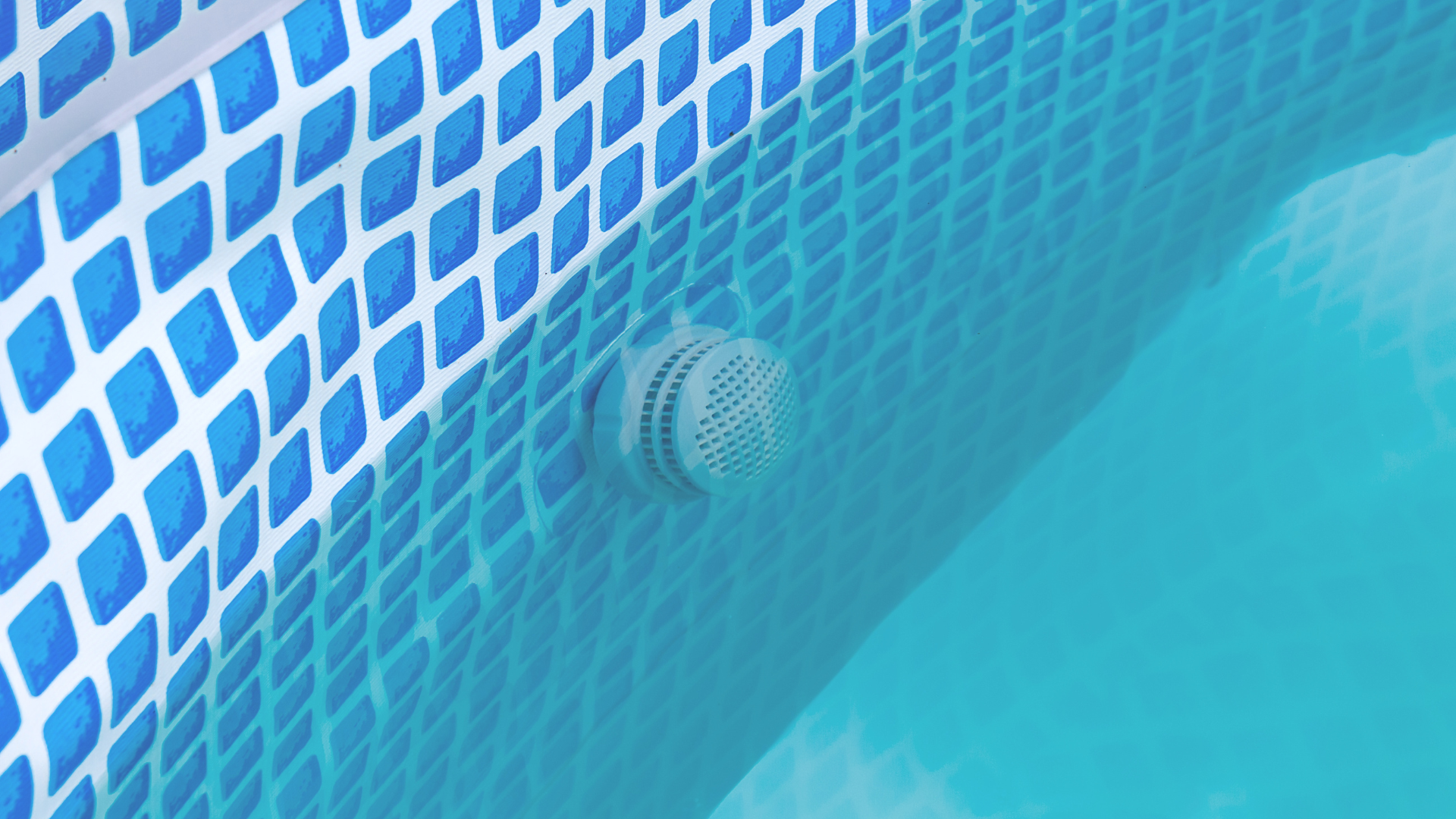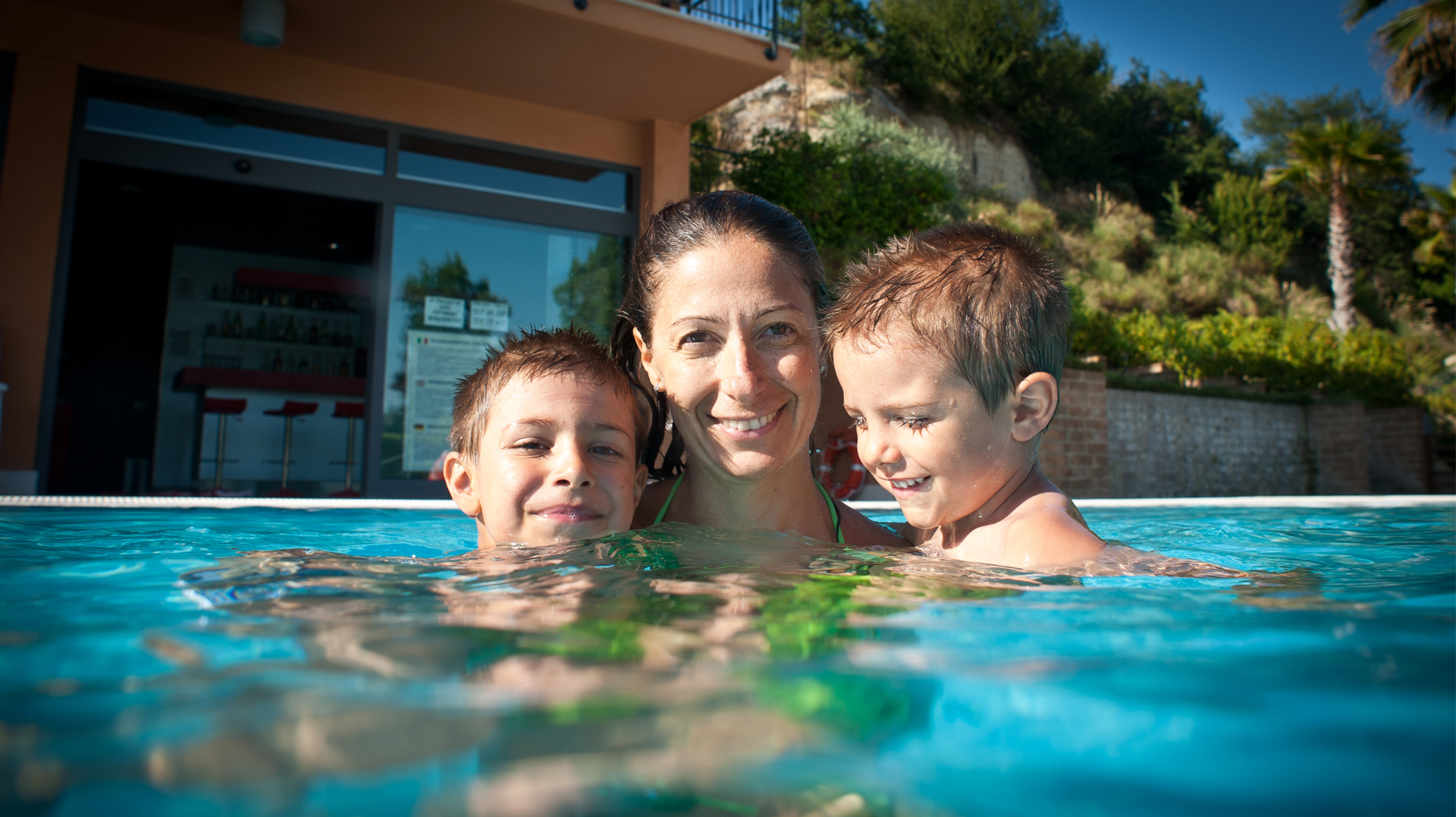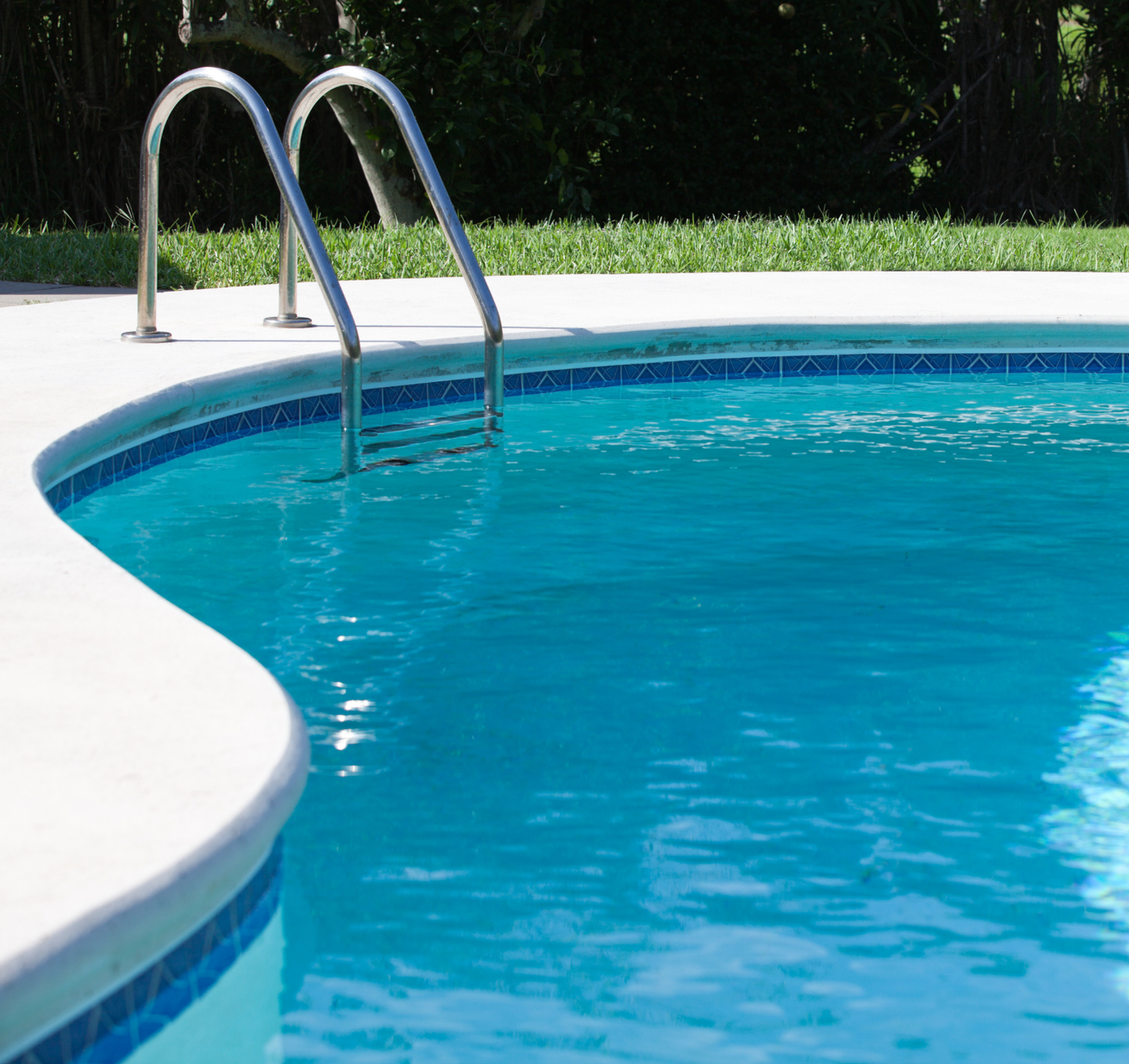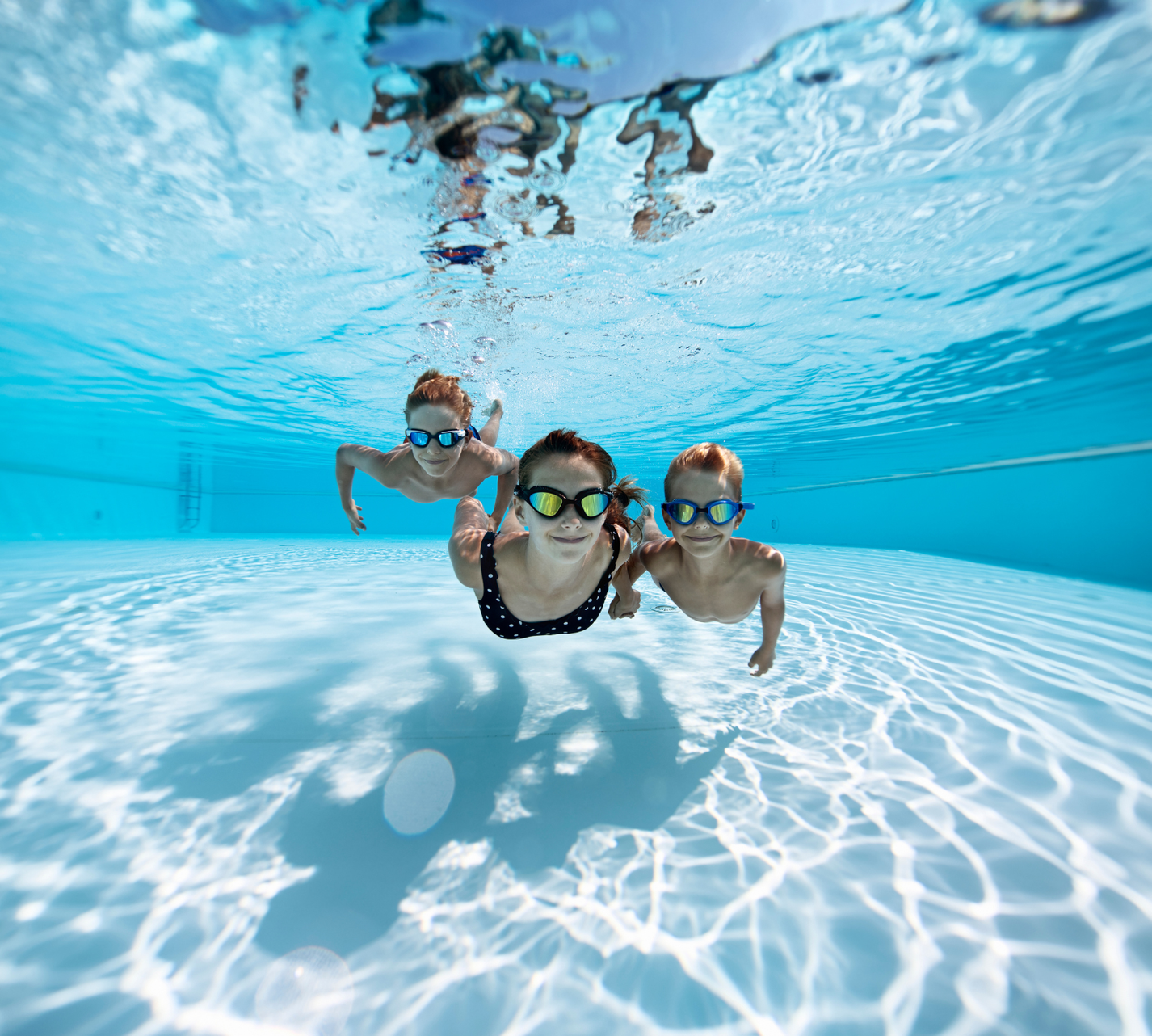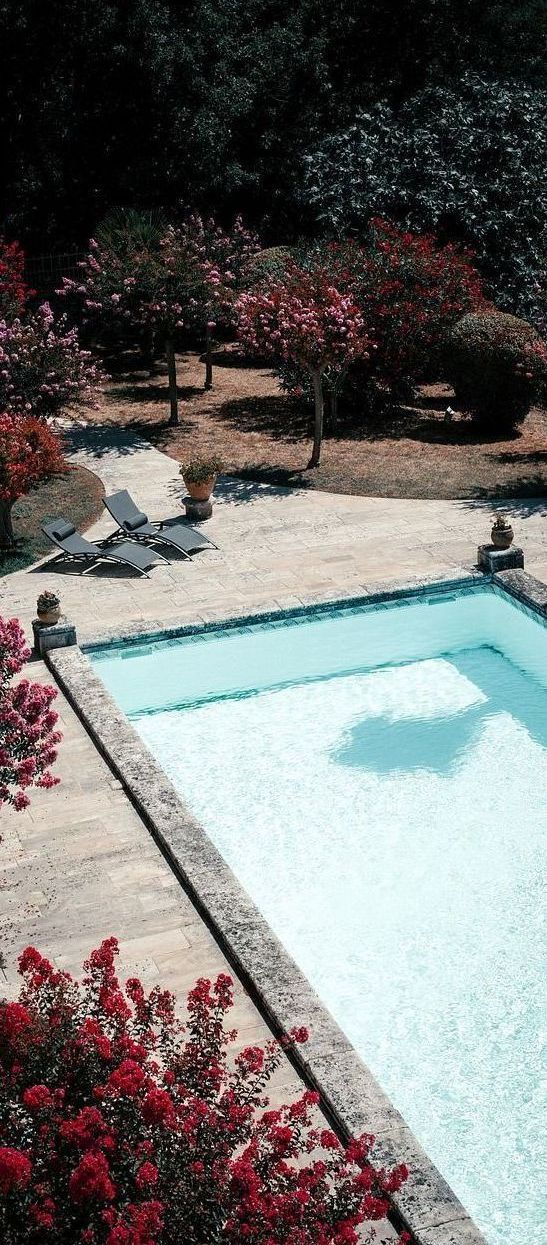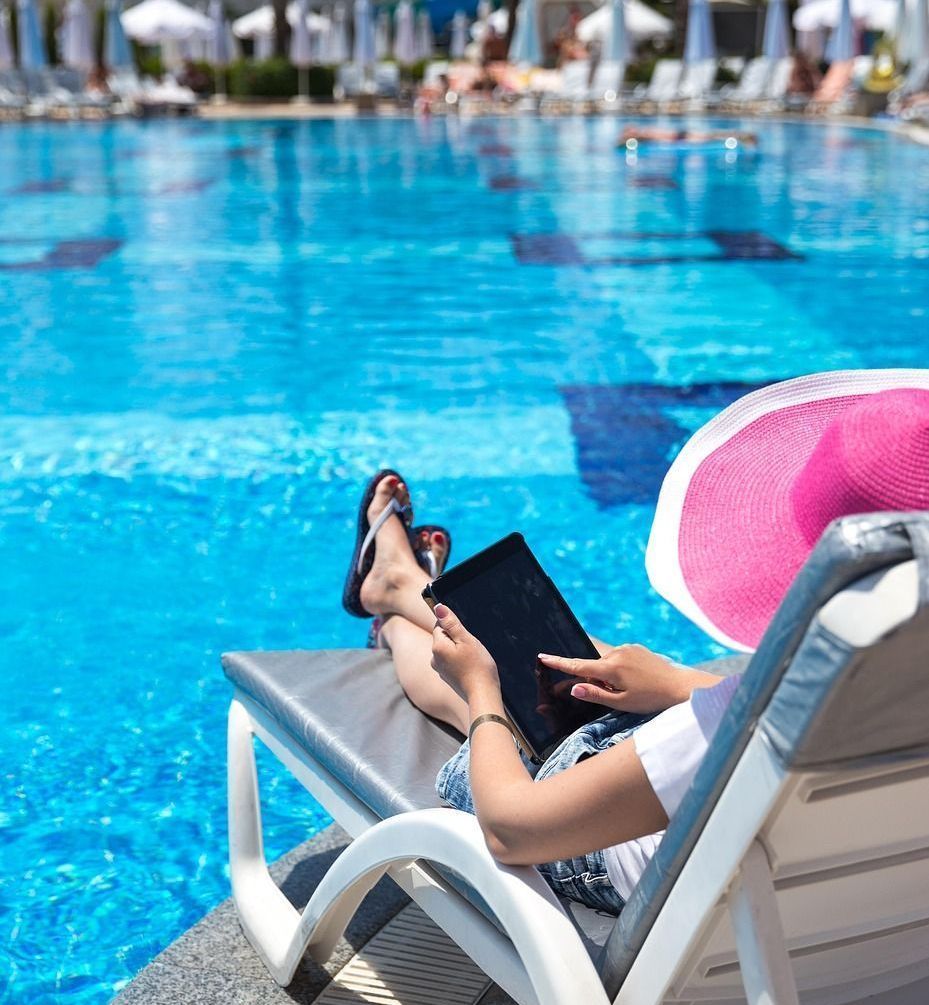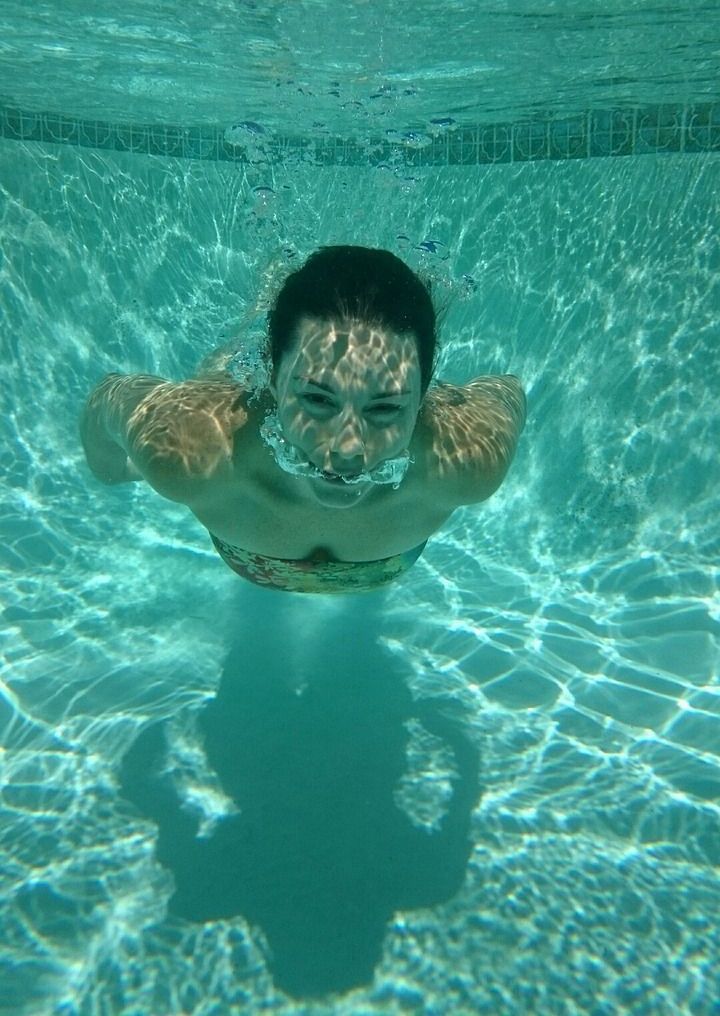Can a Pool Be Too Clean? The Truth About Over-Chlorination
Find the Right Chlorine Balance
Clean, sparkling water is what every pool owner wants to see. Chlorine is essential in making that happen—it sanitizes the water, keeps algae at bay, and protects swimmers from harmful bacteria. But is it possible to go too far? Can a pool actually be too clean?
At The Pool Chemist, we get this question more often than you might think. And the short answer is yes—over-chlorination is real, and it can create more problems than it solves.
Here is what you need to know about chlorine levels, the risks of overusing chemicals, and how to keep your water balanced and swim-ready.
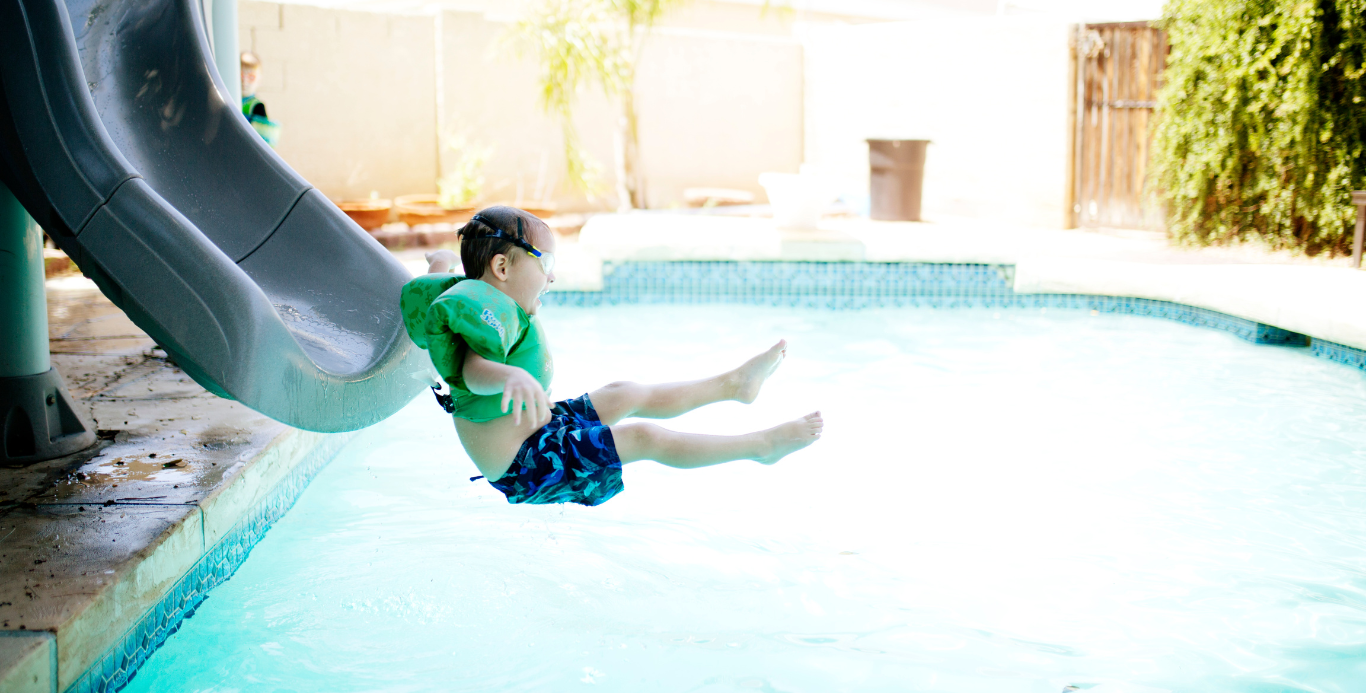
What Is Chlorine’s Role in Pool Water?
Chlorine works by oxidizing contaminants—breaking down bacteria, algae, and organic waste like sweat, sunscreen, or leaves. It’s a powerful and proven disinfectant. But its effectiveness depends on maintaining a proper balance in the water. Too little chlorine and the water becomes unsafe. Too much, and you create new risks.
For residential pools, the ideal free chlorine level typically falls between
1.0 and 3.0 parts per million (ppm). This range ensures the water is sanitized without irritating swimmers or damaging pool surfaces and equipment.
What Happens When Chlorine Levels Are Too High?
When chlorine levels rise above 3.0 ppm, particularly over extended periods, issues start to surface—literally and figuratively. These may include:
- Skin and Eye Irritation: High chlorine levels can cause red, itchy eyes and dry, irritated skin, especially in children and people with sensitive skin.
- Strong Chlorine Odor: Ironically, a strong “chlorine smell” usually means the water is unbalanced—not that it’s clean. This odor comes from chloramines, byproducts formed when chlorine combines with organic matter. High chlorine levels can increase chloramine production if the water isn’t properly maintained.
- Fading Swimsuits and Pool Liners: Excess chlorine accelerates fading in fabrics and can shorten the life of your pool liner or painted surfaces.
- Corrosion of Equipment: Pumps, filters, ladders, and other metal fixtures may corrode more quickly under high chlorine exposure.
- Respiratory Discomfort: In poorly ventilated indoor pools or hot tubs, over-chlorination may lead to breathing issues due to the buildup of chemical fumes.
Why It Happens
Over-chlorination usually stems from guesswork or overcompensation. A storm might leave your pool cloudy, so you shock it—maybe twice. Or you top off the chlorine “just to be safe” before a big weekend. Without proper testing, it is easy to overshoot the target.
Some pool owners also use chlorine tablets in floating dispensers and forget to remove them when the water chemistry is already stable, resulting in chlorine levels creeping up over time.
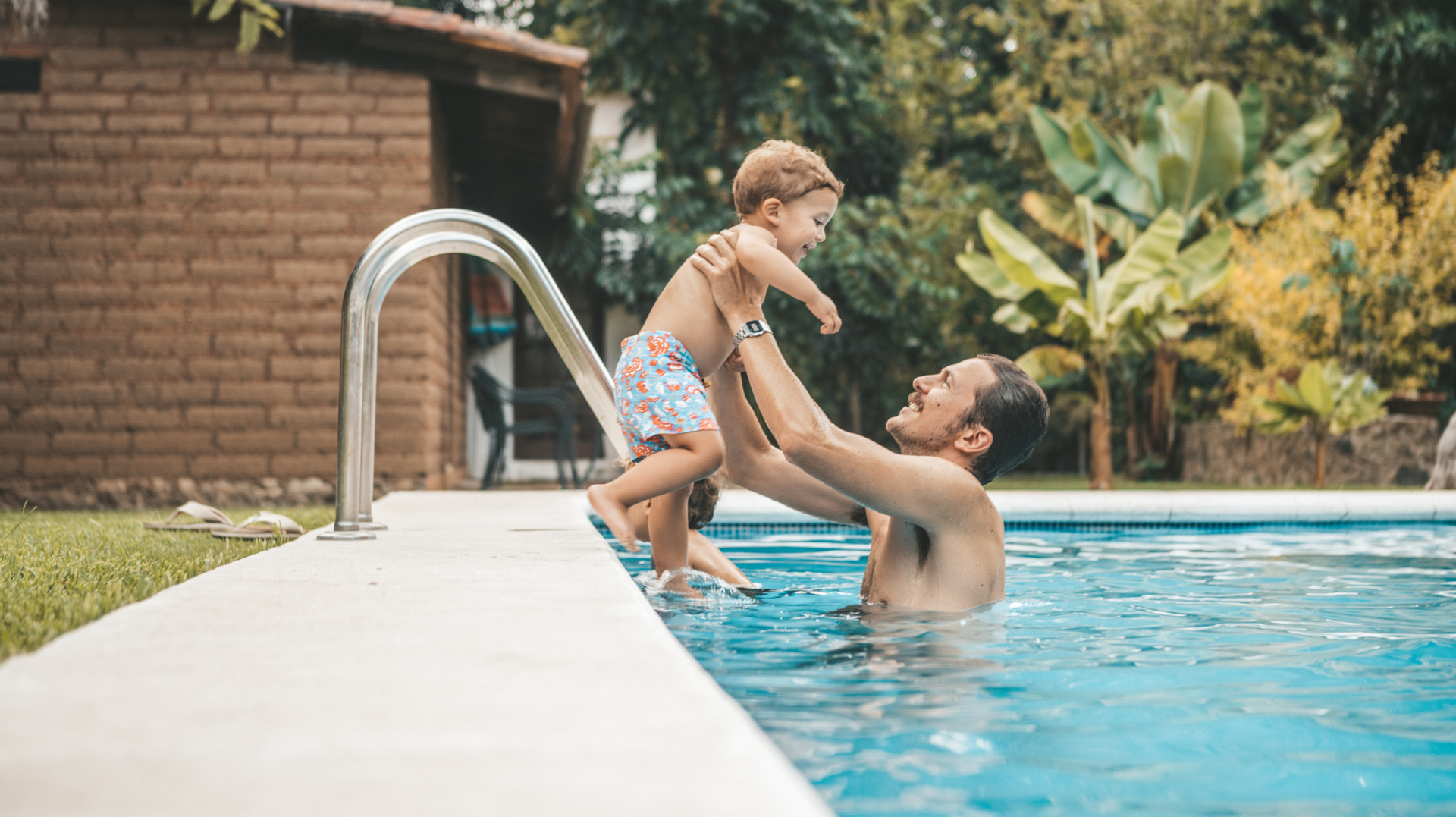
How to Avoid It
The key to avoiding over-chlorination is simple: test, adjust, repeat. We recommend checking chlorine levels at least twice per week during the swimming season, and more often after rain, heavy use, or water top-offs.
Using a high-quality test kit or strips will help you stay in range. Even better—let us do it for you. The Pool Chemist offers full water testing and treatment services, so you do not have to worry about over- or under-dosing your pool.
Our approach is tailored to your pool’s specific size, usage, and filtration setup. We track all the major chemistry markers, including pH, alkalinity, stabilizer (CYA), and calcium hardness, to make sure every treatment is part of a balanced system—not just a quick fix.
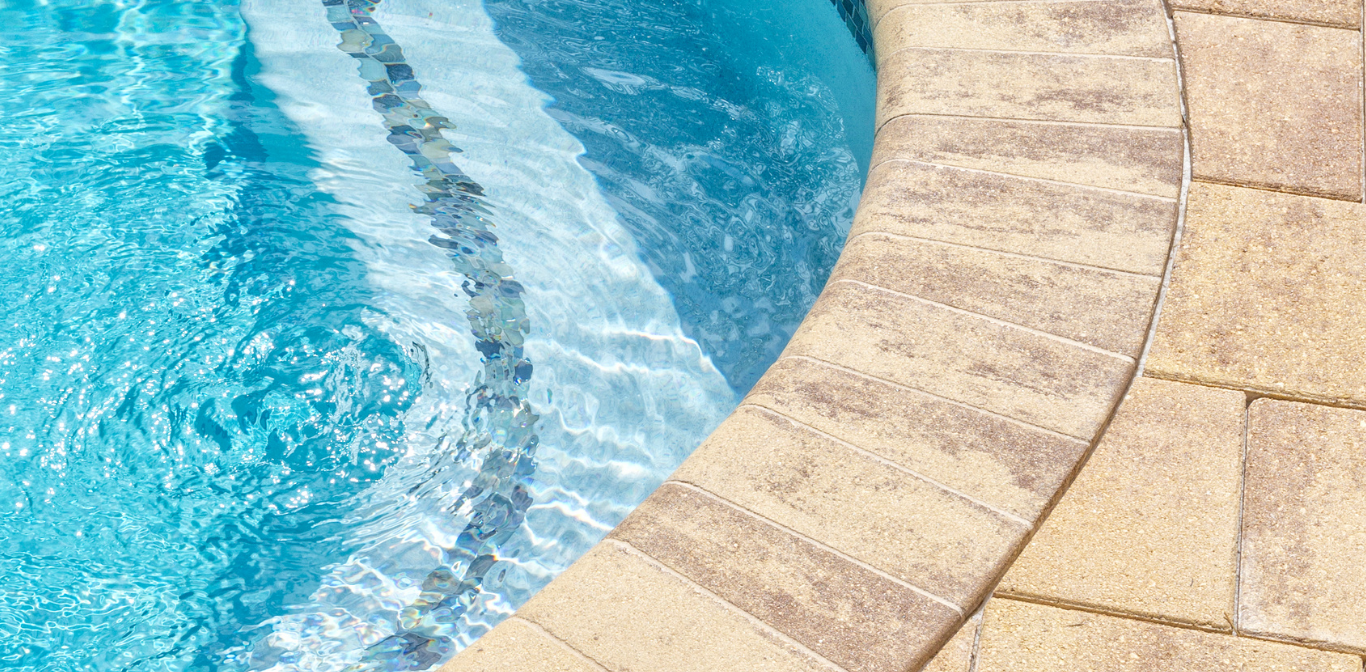
What to Do If You’ve Over-Chlorinated
If your pool has high chlorine levels, do not panic. There are a few ways to bring it back into range:
- Stop Adding Chlorine: Remove tablets, shut off automatic feeders, and skip shock treatments until levels drop.
- Let the Sun Work: Ultraviolet rays naturally break down chlorine over time—usually a day or two of sunshine will help.
- Dilute the Water: In some cases, partially draining and refilling with fresh water may be necessary.
- Call a Pro: If you’re unsure or need to use the pool quickly, we can test your water and recommend safe, immediate solutions.
Balanced Water Is Healthy Water
Over-chlorination is a real issue—but it is also easy to avoid with the right knowledge and routine care. At The Pool Chemist, we believe pool ownership should be enjoyable, not stressful. Let us handle the chemistry so you can focus on enjoying crystal-clear, comfortable water all season long.
